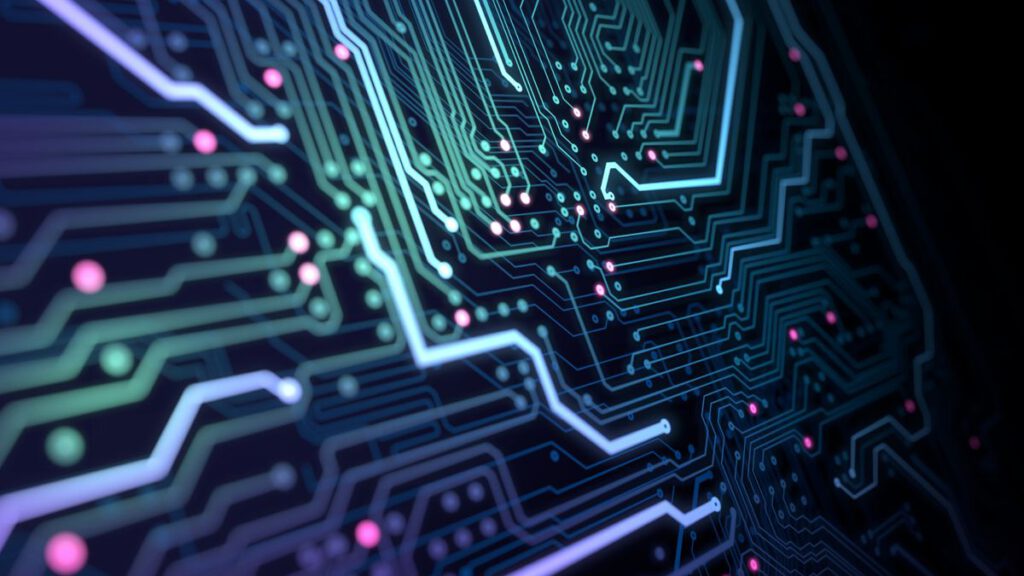Researchers are hoping to harness the power of tiny defects in incredibly thin materials to one day manufacture computer chips that are faster and more efficient than traditional silicon semiconductor platforms.
“All existing electronic devices use chips made of silicon, a three-dimensional material,” Shoaib Khalid, a physicist at the Princeton Plasma Institute, said in a statement. “Currently, many companies are investing heavily in chips made of two-dimensional materials.”
This type of “two-dimensional” material, known as transition metal dichalcogenides (TMDs), is only a few atoms thick. Computer chips made from these ultra-thin semiconductors can pack much more processing power into a smaller surface area, enabling the development of smaller, faster devices.
In a study published May 24 in the journal 2D Materials, Khalid’s team investigated whether using TMDs, rather than silicon, might be a solution to the belief that silicon-based chip innovation is reaching its peak.
The thinnest TMDs are just three atoms thick and arranged like a sandwich: the “bread” is made up of chalcogen atoms (elements from group 16 of the periodic table, such as oxygen and sulfur), and the “filling” is made up of transition metal atoms from groups 3 to 12.
RELATED: ‘World’s purest silicon’ could lead to first million-qubit quantum computing chip
The scientists investigated whether they could exploit tiny atomic-sized imperfections, called defects, in slightly thicker TMDs.
Most of the atoms in a TMD are arranged in a neat, uniform pattern, but occasionally atoms are missing or packed in places they shouldn’t be. Despite the name, defects aren’t necessarily a bad thing, the researchers said in the study. For example, some defects can make a TMD more conductive.
To harness the positive effects of defects and reduce their negative impacts, scientists needed to understand how defects arise and how they affect materials performance. In this study, Khalid’s team identified the types of defects that are most likely to arise in TMDs and investigated how those defects affect material properties.
First, the team looked at defects, where one of the chalcogen atoms is missing. Previous research had shown that a TMD material called molybdenum disulfide unexpectedly emits infrared light when shone on it. Khalid’s team found that the infrared emission is caused by the movement of electrons relative to the space where the missing chalcogen should be.
“Our work provides a strategy to investigate the presence of these vacancies in bulk TMDs,” Khalid said in a statement. “We explain previous experimental results shown in molybdenum disulfide and predict that they will occur in other TMDs as well.”
Next, the researchers studied a type of defect in which an extra hydrogen atom is wedged between two adjacent transition metal atoms. Hydrogen is a common impurity that occurs in TMDs during their formation. The extra hydrogen atom gives some (but not all) of the TMD material a slight negative charge, turning them into “n-type” semiconductors.
Computer chips rely on a combination of n-type and positively charged “p-type” semiconductors. Scientists already knew that some TMD materials could act as n-type semiconductors, but the new research explains where the extra negative charge comes from.
Understanding how these defects affect TMD performance could help researchers develop the next generation of computer chips, the scientists say in the study. While TMD chips are not yet on store shelves, companies are working on ultra-thin TMD chips to handle energy-hungry AI operations.

